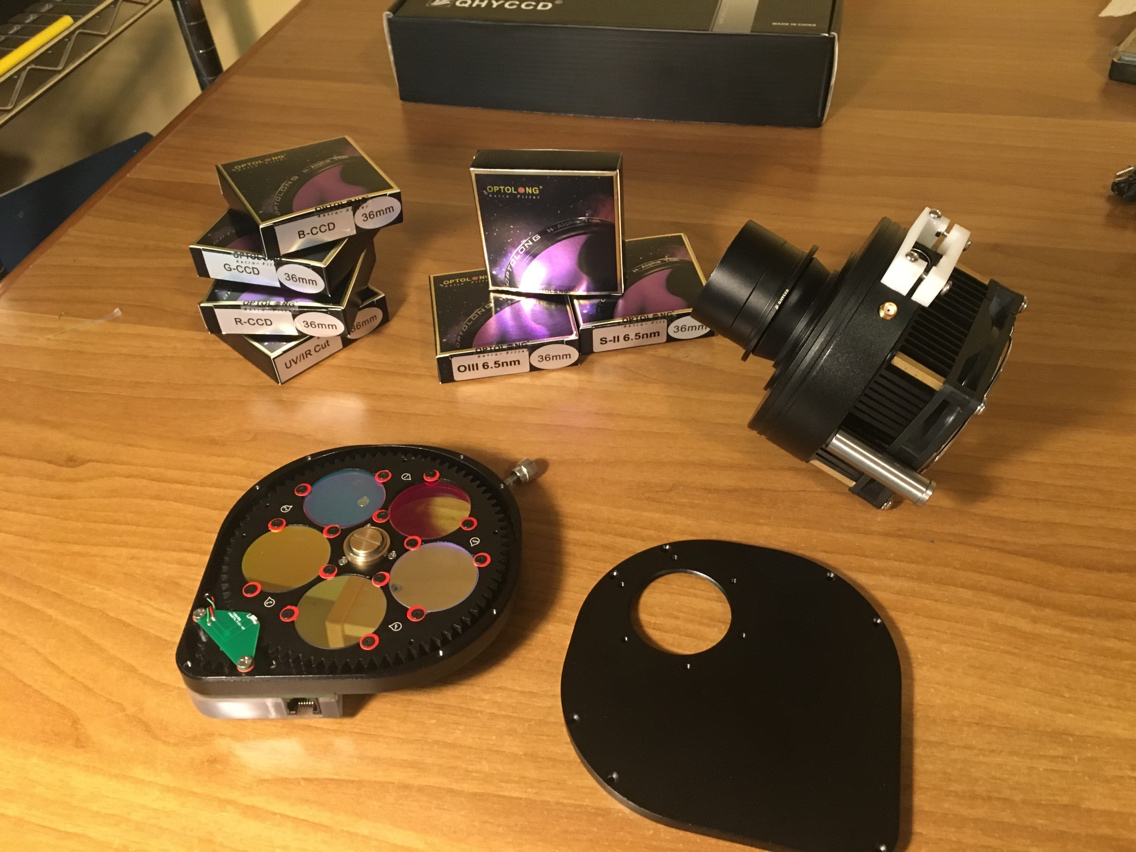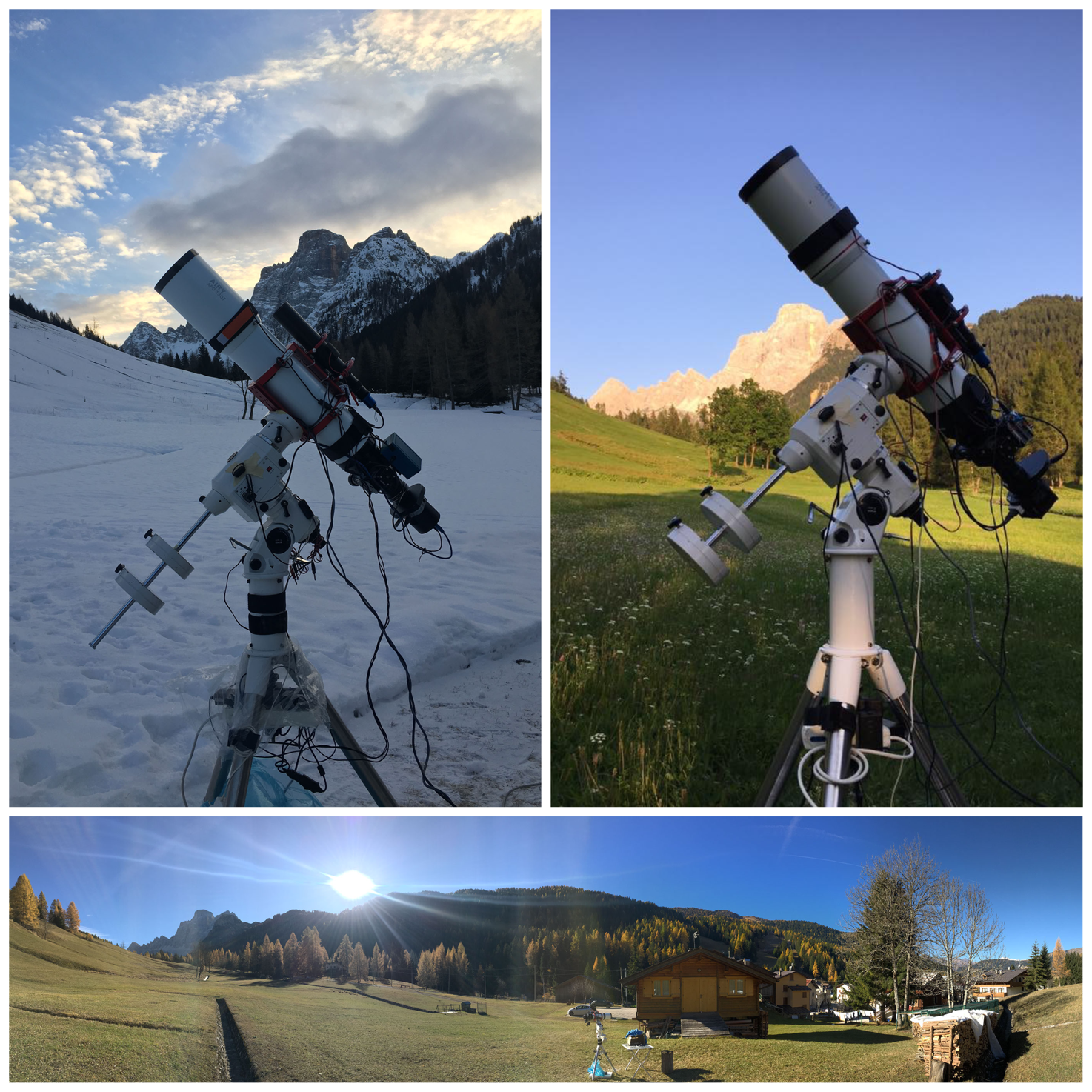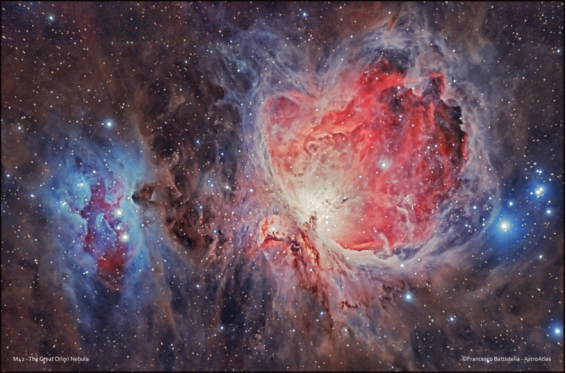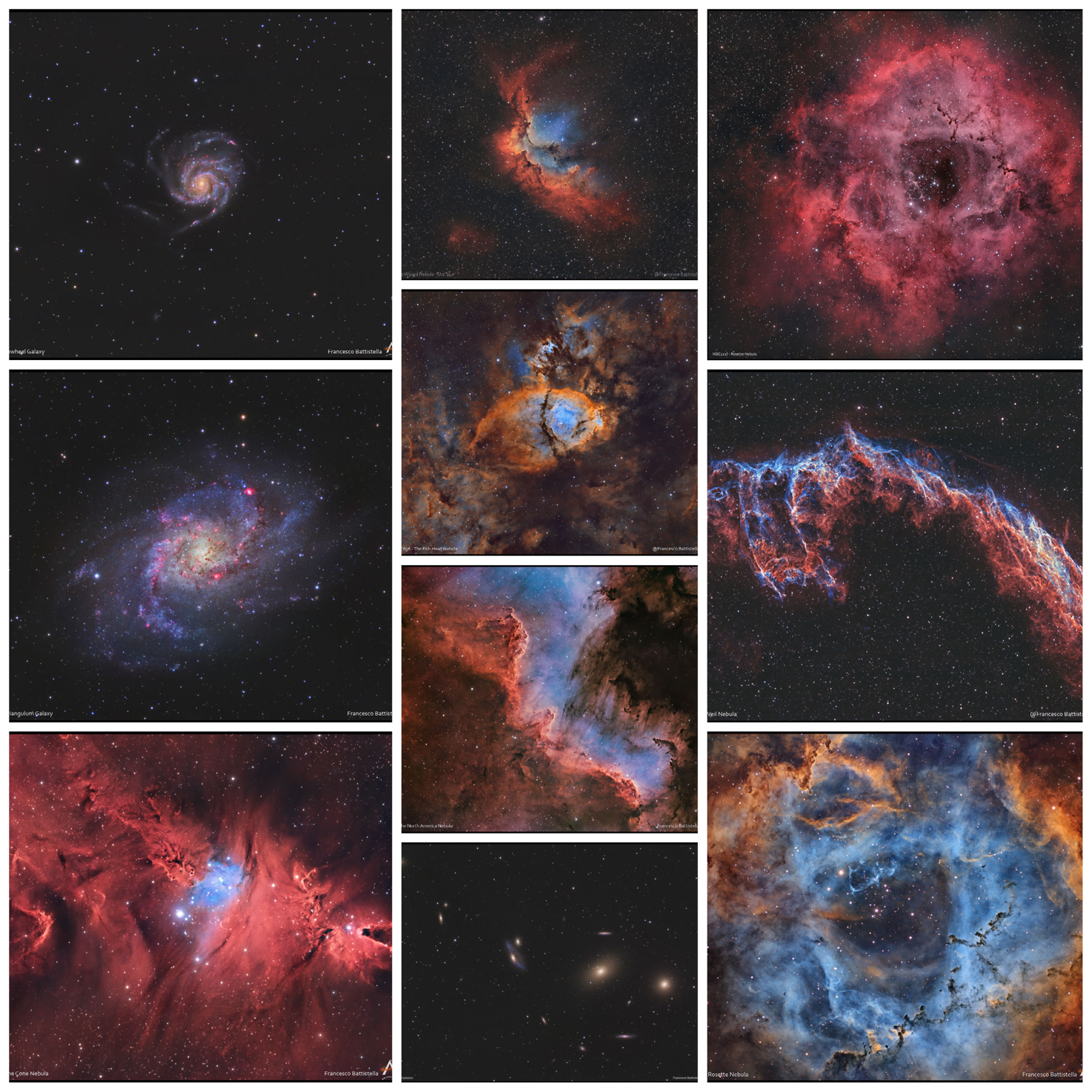【Starry Story】Francesco Battistella (Italy)
【Starry Story】Francesco Battistella (Italy)
Hello everyone!
My name is Francesco Battistella, I live in Italy, to be specific in Noventa di Piave, a small town about 40 Km away from Venice. I am an Industrial Engineer, and, at the moment, I am an aspirant Airline Pilot.
Me in my Observatory (AstroAtlas) in Noventa di Piave, VE, ITALY, October 2021
THE FIRST TOUCH
The passion for Astronomy, and shortly afterwards for Astrophotography, has been transmitted to me from my father. Since very young age, he was keen on Astrophotography, in fact, he owned a 40 cm Marcon Newtonian Reflector.
I have been very fascinated by the Unknown Universe yet to be explored, the celestial bodies, the colors, lights of the stars and galaxies. I wanted to combine the feeling of immensity that observing the night sky gives you with a specific technique that would allow me to immortalize the celestial bodies observed, or those far from being seen with the naked eye, in photographs.
I bought my first telescope about 5 years ago and I am still using it, which is an Apochromatic Refractor 130 mm f/6.6. Along with this first telescope, I also bought a NEQ6-Pro.
At the beginning, I was using a Nikon D5100 camera to take astrophoto – I remember that the first lights were quite satisfactory to me. Afterwards, about one year later, I decided to buy my first CCD camera: QHY9 Mono camera and an UHC filter. All the photos were taken from my backyard. Despite the light pollution and high humidity level, I am still taking photos from there today.
EXPERIENCE AND OPTOLONG
For a year I have been dreaming of automating all my astrophotography equipment; I started by automating my focuser on my own, following a project, in order to focus automatically.
After a while, I wanted to do another step… I wanted to be able to process better my images; so, I contacted a very good friend to me, Terry Hancock, who is a famous Astrophotographer, who manages the “Grand Mesa Observatory” in Colorado, USA.
Terry has been very kind and a point of reference at any time; he offered me the possibility to do 3 months of lessons held by him – I really thank him for all the tips and methods that taught me.
Still today I am in contact with him and for me it is always a pleasure to talk to him about astrophotography, new tips and more!
At that time, I was considering buying a set of H-a-OIII-SII-LRGB filters and so, Terry introduced me to Jessica Han from Optolong Optics Co., Ltd.
Jessica and Optolong Team, decided to give me the opportunity to try some of their filters – they have been very kind and in case of support needed, they always were available.
I was very happy and felt lucky to have had this opportunity.
Optolong Filters – H-a-OIII-SII and LRGB
As soon as I had the chance, in winter and during summer, I used to take astrophotography in darker places, like in the mountains. I used to go to Pescul, a very small town in the middle of the Italian Alps. Even if the temperature in winter during the cold night can quickly go down at -16/-20° C, I love spending time in nature at 1500m above sea level and enjoying the magic of the Unknown Universe!
Here there are some photos of my telescope in Pescul, respectively in winter and summer:
AIRY APO130T f/6.6 – QHY168C & QHY9 – NEQ6-Pro – Pescul 1415 m asl
In the next years, I grow up and I did some improvements to my telescope and to my mount – I like doing things “with my own hands”.
I obtained a new camera, the QHY168C: with this camera I could reach bigger satisfaction… I remember that it was winter, and I went to the mountain (Pescul) to take some photos of The Great Orion Nebula - M42. It was in this occasion, that I decided to use the QHY168C combined with the L-Pro 2” Optolong filter. The night was so cold, that the most of my tools started to freeze and consequently to hang… I could capture only 2 hours on M42.
With that photo of M42, I won an APOD (Astronomy Picture Of the Day) from Nasa. It was my first time using and then processing with a OSC camera – still today I think the image could be better, because I lost many details during the post processing, due to the lack of my knowledge – apart from that I was very happy!
For me, the most important thing is to enjoy the time while I am photographing and, of course, the result I get.
M42 – The Great Orion Nebula – QHY168C and AIRY APO 130T f/6.6
TRANSITION
Today my main equipment consists in:
- Refractor Apochromatic AIRY APO 130T 130mm f/6.6
- GSO - Newtonian Reflector 250/1000
- Software Bisque - Paramount MyT
- SkyWatcher NEQ6-Pro Synscan
- QHYCCD - QHY9
- QHYCCD - QHY168C
and more stuff like the QHYCCD QHYCFW3, Pegasus Astro Pocket Powerbox Advance etc…
Today I am not an itinerant Astrophotographer - I have a fixed Observatory, named “AstroAtlas”, on the top of my house, where I live. The sky is not so good because of “Sky Bortle” 5 with usually high humidity; apart from that I built the observatory on my own: from some part of the mount support to the electronic panels – for the automation of the observatory I have asked the help of some other Italian Astrophotographers, who already have one observatory with remote control also. The help from them has been very important for me – honestly, I have to admit that I couldn’t have done everything alone.
I still have to finish some things like, for example, the support for the PC and the monitor – I must admit, that the work in the observatory will never end because, I often come up with new ideas.
If I have the occasion, I can’t wait to bring all my astronomy equipment and go to Pescul or in a darker place, where I can do astrophotography. Enjoying the night being in the field is something magical!
Here is how my Observatory looks like today:
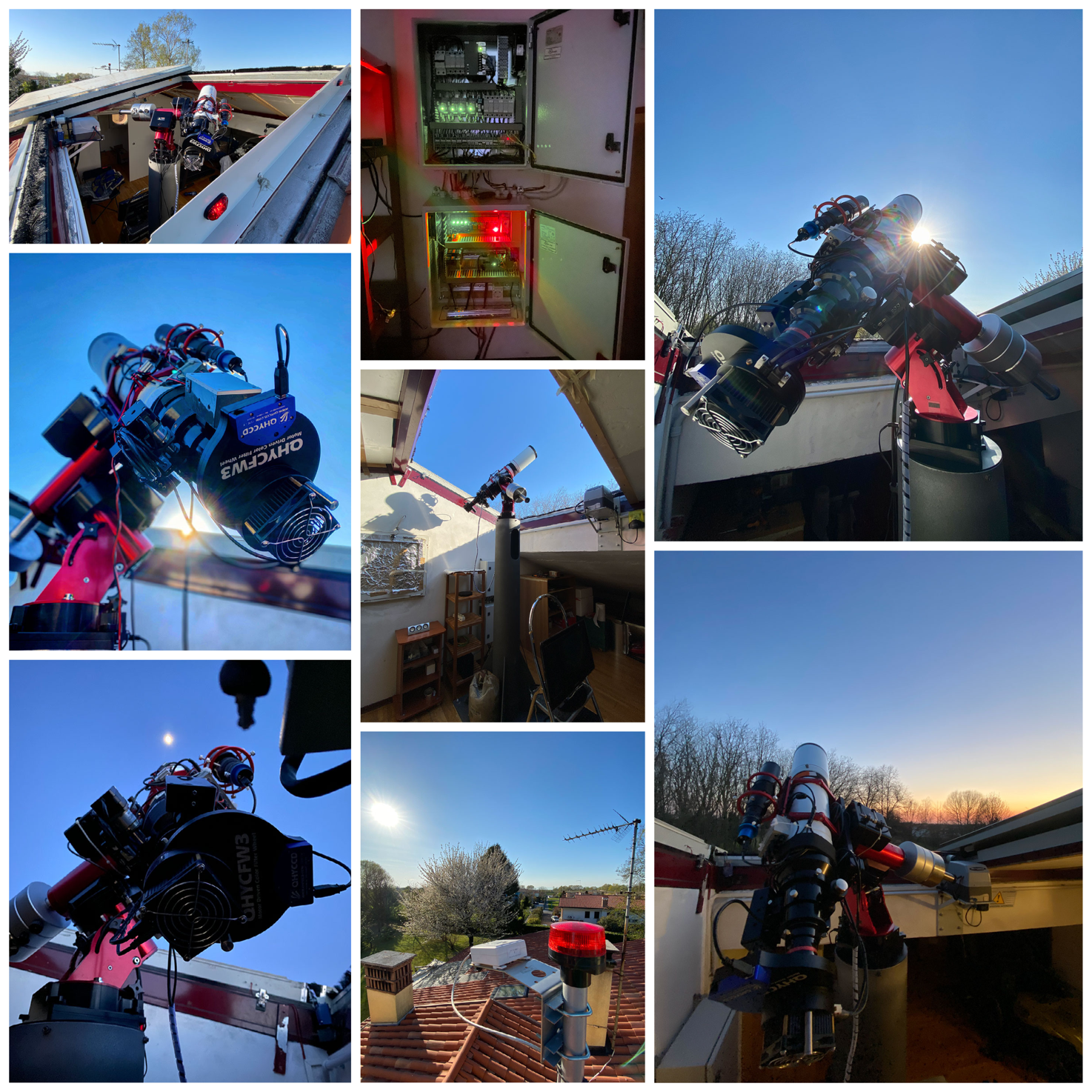
AstroAtlas Observatory – Noventa di Piave, VE, ITALY
THE JOURNEY HAS JUST BEGUN…
At the moment I am often away from my house, and, for me, it is absolutely important to be able to control my observatory remotely.
I want to give a BIG thanks to Jessica and all the Optolong Team – I have always used, and still now using their filters and they gave me a lot of gratification. Frankly speaking, even if I am a little biased, I can say I feel very connected to Optolong because I have grown up from scratch until now with them. Honestly, I have never tried any other filters…the reason is because I did not need to. Optolong filters have good quality/price and I have been always satisfied of the result.
Optolong works hard to improve the filters – I am a fan of Narrowband Filters, and I must say that the last version of the filters is really optimal.
My journey has just begun… there are so many things to try and to improve; new acquisition techniques of astrophotography, large field astrophotography, planetary and so on…. my journey has just begun, I just have to look up!
Collage of some of my Astrophotos
Authorship: Francesco Battistella (Italy)


